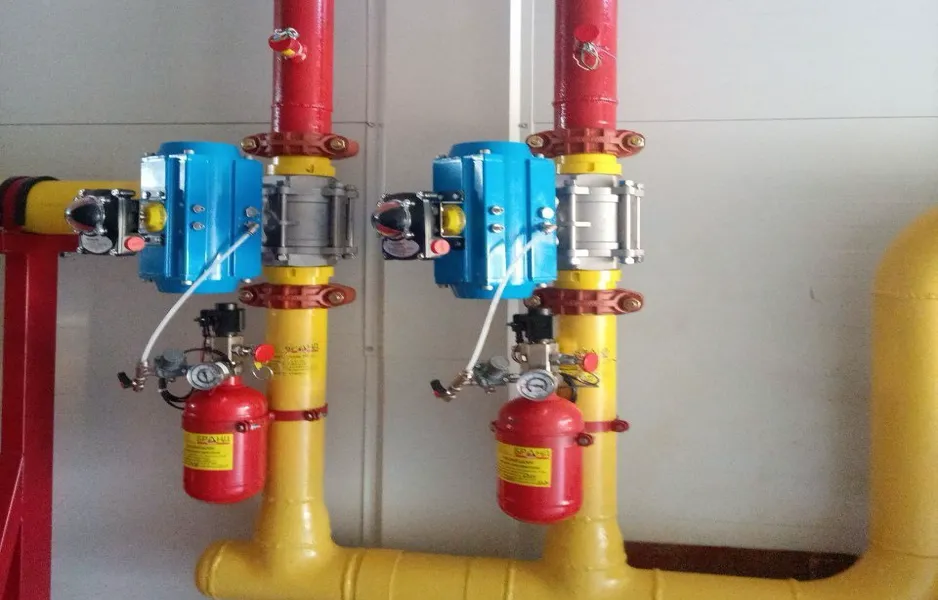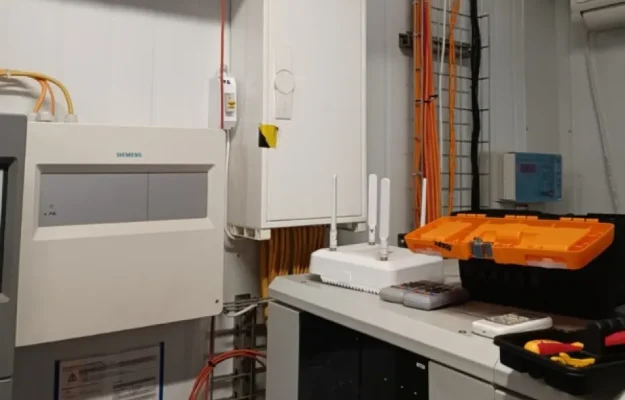A fire alarm system is the foundation of any building’s safety. Its reliability determines not only the preservation of property but also the safety of people’s lives. In this article, we explain how to approach choosing a fire alarm system considering the type of facility, regulatory requirements, and functional capabilities.
1. Consider the type of facility
A fire alarm system for an apartment, warehouse, or industrial site are completely different matters. The main factors affecting your choice are:
- Fire hazard category
- Building area and number of floors
- Number of people regularly inside
- Types of materials and equipment within
2. Types of fire alarm systems
There are several main types:
- Addressable alarm — pinpoints the exact location of ignition. Ideal for large and complex facilities.
- Conventional alarm — a simpler system that notifies of fire occurrence without specifying the location.
- Standalone alarm — individual detectors operating without a central unit. Suitable for small premises.
3. Choose the type of detectors
The most common are:
- Smoke detectors — respond to smoke in the air
- Heat detectors — trigger when temperature rises
- Combined detectors — more sensitive and accurate
- Infrared (flame) detectors — for open areas or warehouses with flammable substances
4. Integration with other systems
Modern systems allow you to:
- Integrate with notification and evacuation systems
- Work together with gas or water fire suppression
- Transmit signals to a central security panel or the SES (State Emergency Service)
5. Consult professionals
Designing a fire alarm system is not just about installing detectors. It involves:
- analyzing the facility,
- complying with DBN, DSTU, and SES standards,
- selecting certified equipment,
- correct installation and commissioning.
Conclusion
A properly selected fire alarm system is not an expense but an investment in safety. Leda has been implementing systems of any complexity for over 20 years: from small offices to critical infrastructure facilities.
Contact us — and we will help you choose a solution tailored specifically for your facility.



